“What’s Most Important In A Friendship? Tolerance And Loyalty.”
“What’s most important in a friendship? Tolerance and loyalty.”
— J.K. Rowling
More Posts from Vcsupertramp and Others
Most common shots in filmmaking
Cinematography - Shot Types
Establishing Shot - a shot that establishes the setting of the scene. Usually a wide shot.

Titanic (1997)
Master Shot - A shot that includes all the actions of a scene. Usually a wide shot.

American Beauty (1999)
Two-Shot - A shot that has two subjects next to each other. Sometimes shows camaraderie.

Pulp Fiction (1994)
Over-the-Shoulder (OTS) - a shot of one subject that includes the shoulder of the character opposite the subject. Makes the scene feel more crowded or the characters closer.

The Dark Knight (2008)
Point-of-View (POV) - a shot from the perspective of a character, animal, or sometimes object. Can help convey what a certain character is feeling.

Reservoir Dogs (1992)
Tracking Shot - a shot that follows the action, usually on a dolly.

The Shining (1980)
Dutch Angle - a shot that is tilted to give the effect that something is not right. Also called: German angle; Dutch tilt; canted angle; oblique angle

Mission Impossible (1996)
High Angle - an angle that is shot from above the subject. Makes the subject appear small or powerless.

Matilda (1996)
Low Angle - an angle that is shot from below the subject. Makes the subject appear large and powerful.

Citizen Kane (1941)
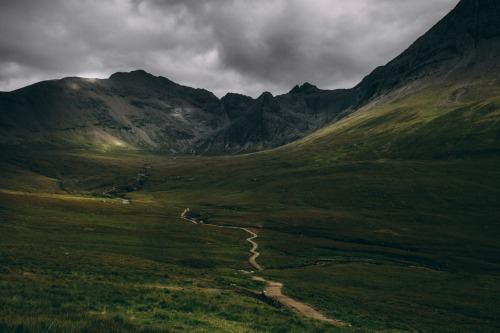

Isle of Skye, Scotland

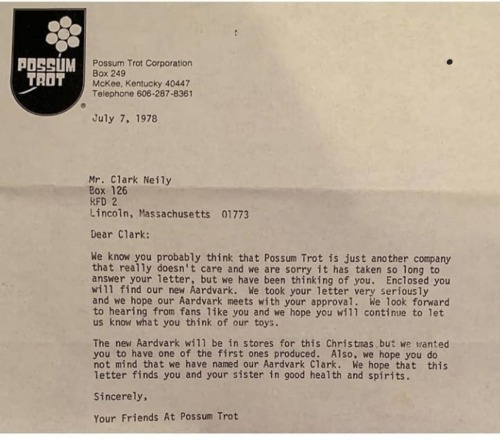



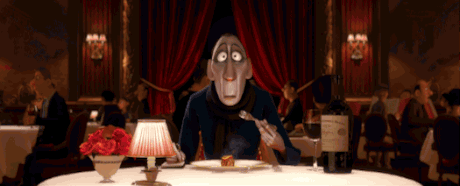
A trip down sensory lane.
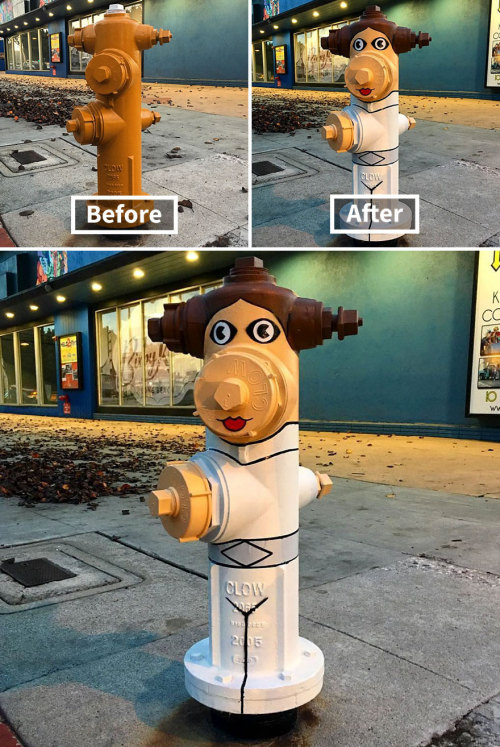
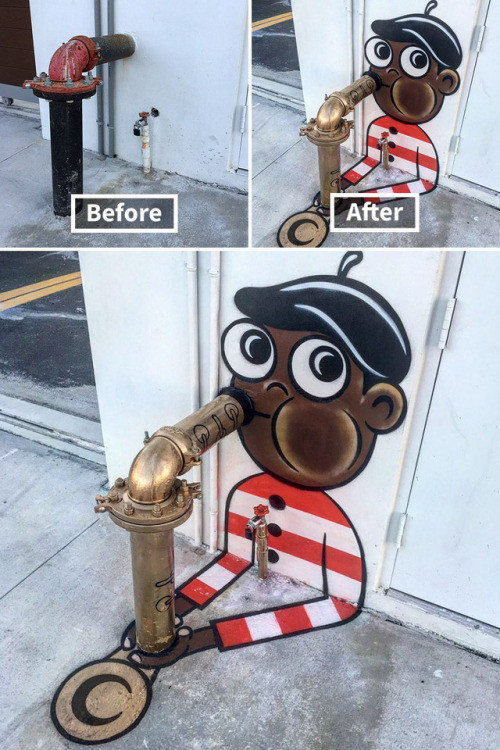
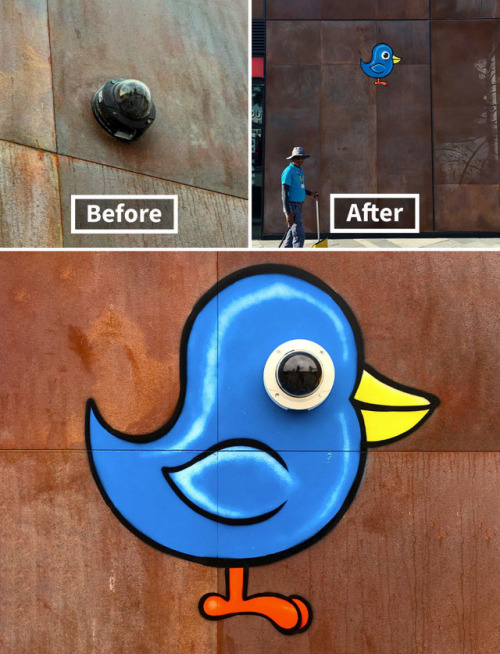

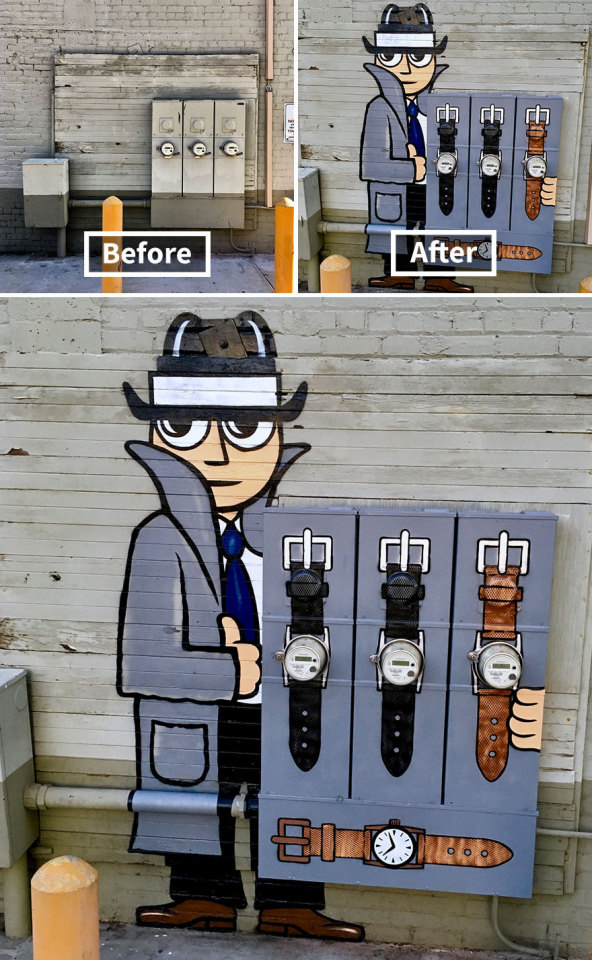
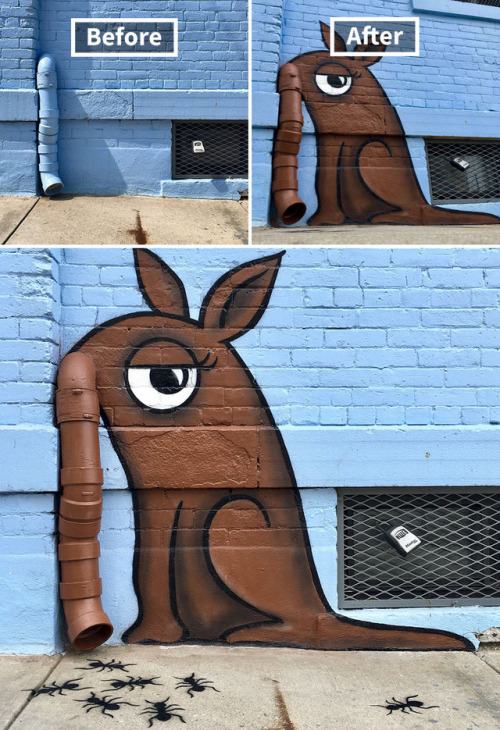


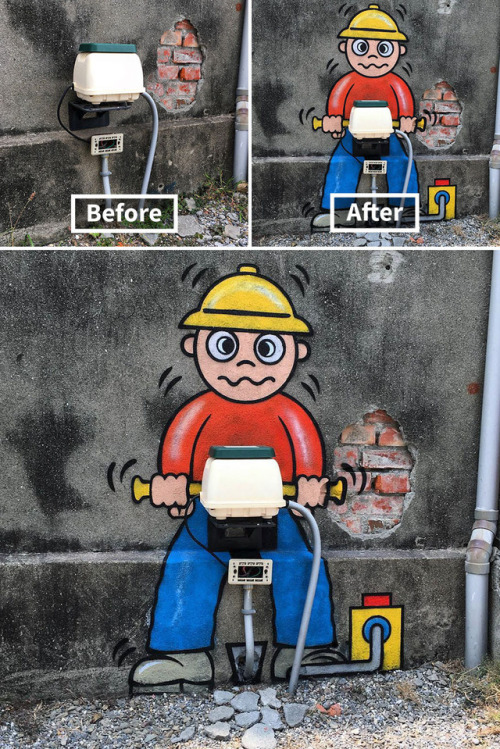

Street Art: Before & After.

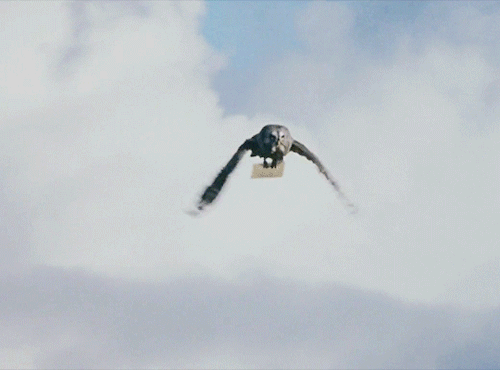
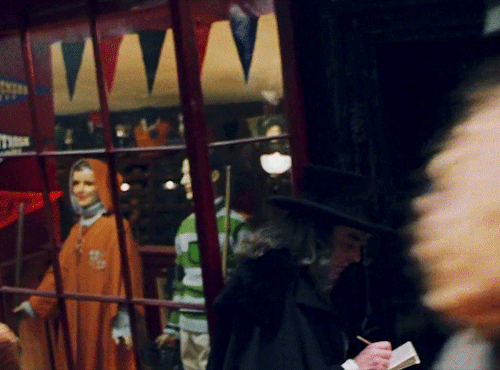



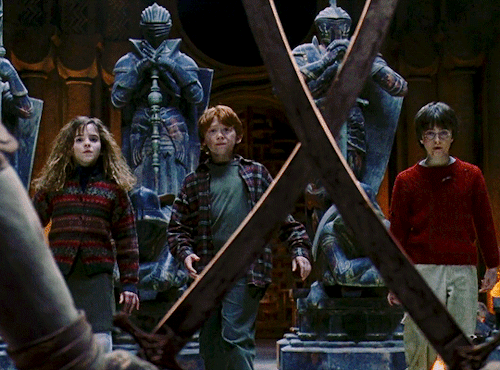


It does not do to dwell on dreams, Harry, and forget to live. Harry Potter and the Sorcerer’s Stone (2001) Dir. Chris Columbus
When he asks me to explain him what is a start-up

It's not that difficult to understand!
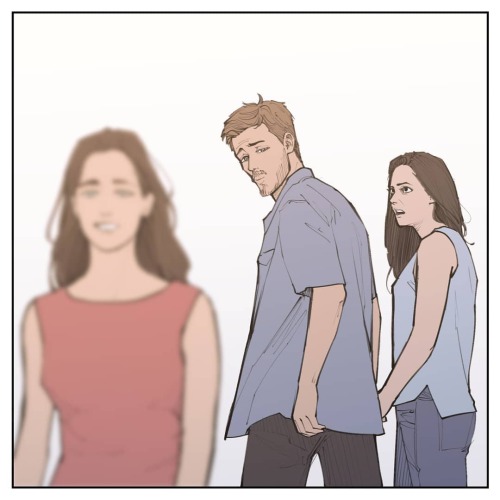
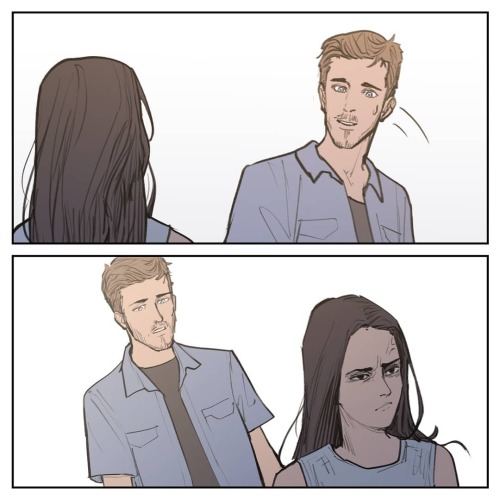
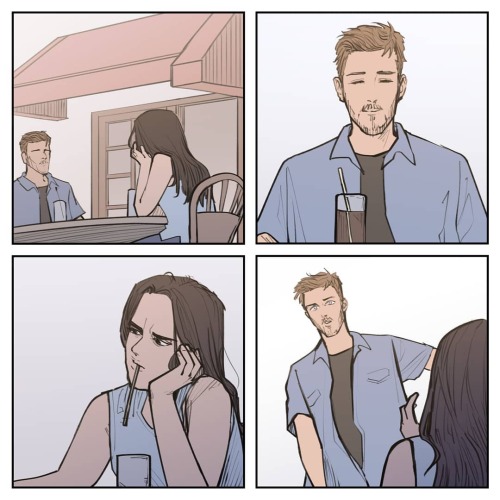
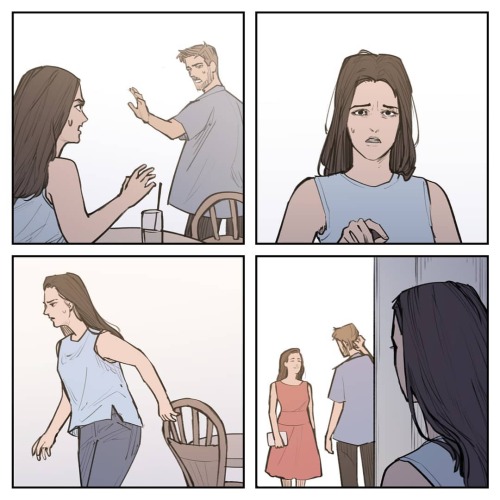
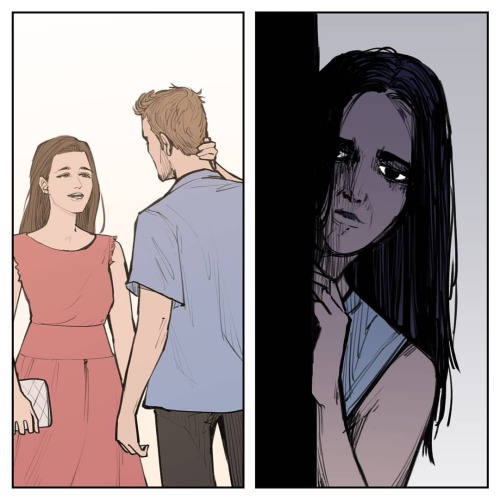
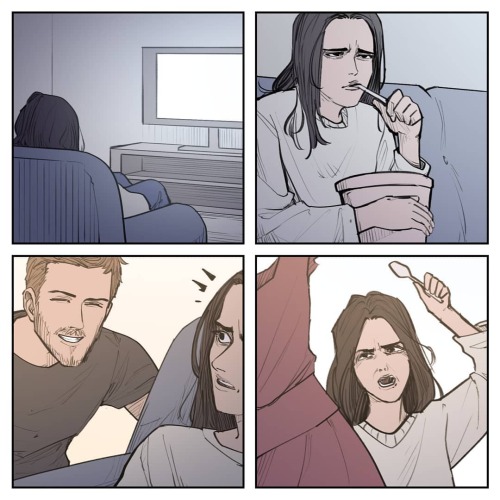
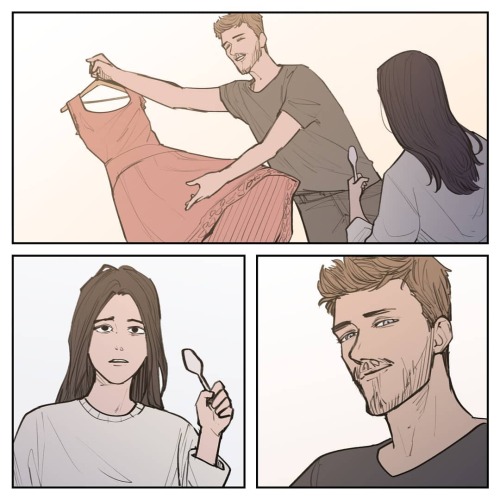
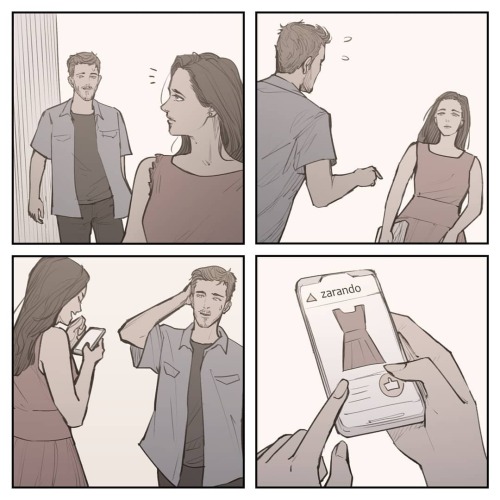
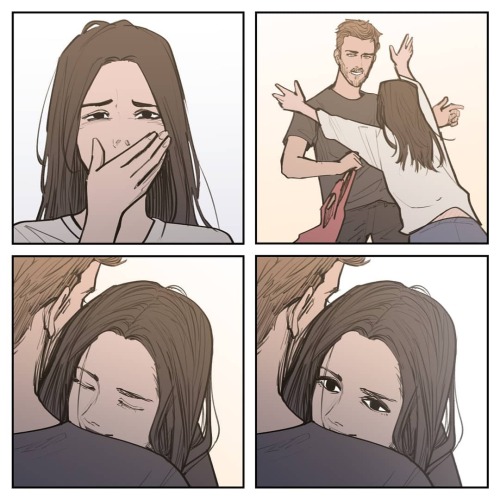
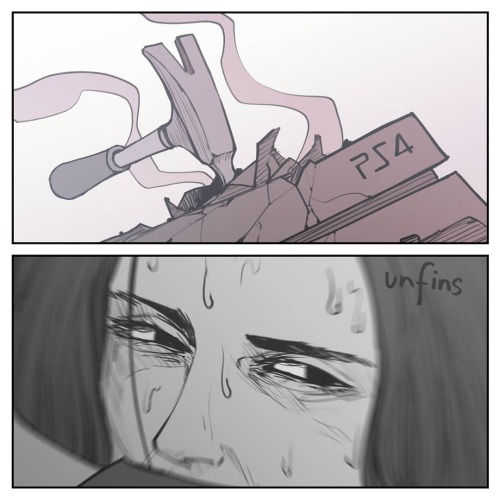
Credit: @unfinstory
-
 annai9lwq liked this · 6 months ago
annai9lwq liked this · 6 months ago -
 forsakenmayhem liked this · 1 year ago
forsakenmayhem liked this · 1 year ago -
 justgetclosertome liked this · 1 year ago
justgetclosertome liked this · 1 year ago -
 exactlyuniquehologram liked this · 3 years ago
exactlyuniquehologram liked this · 3 years ago -
 isac24r liked this · 3 years ago
isac24r liked this · 3 years ago -
 cincincancan reblogged this · 3 years ago
cincincancan reblogged this · 3 years ago
Wanderer, there is no way, you make the way as you go... Just a wanderer enjoying the rollercoaster.
176 posts